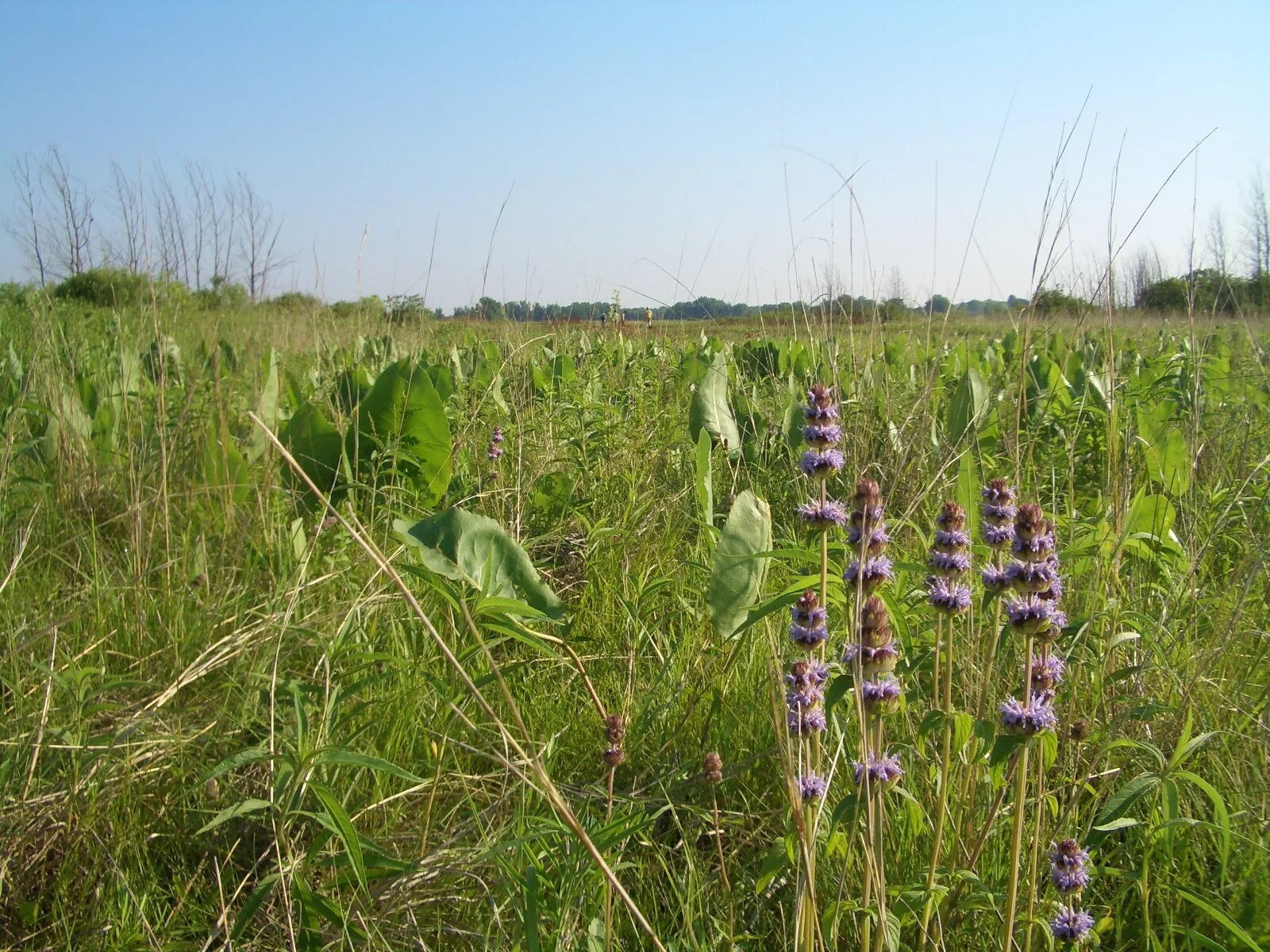In our last blog post, we discussed some tips for getting ready to take your students and lessons outside this coming school year. Now it’s time to think about the importance of creating routines for your students in your outdoor classroom, and we will leave you with some of our favorite ideas for routine-building activities.
Establishing outdoor routines with your students can help them engage in the natural world and provide structure for outdoor lessons. Providing consistent structure helps ease the transition out of and back into your indoor environment. Students will know what to expect from their time outside, and they will learn how to guide themselves from one activity to the next.
We will also include some ideas for transferring these routines to an online learning format as many schools are starting the school year virtually. Nature is a great way to connect with kids even when you cannot all be outside together, and you can set up outdoor learning routines for your students to do as they are able off-screen and at their own homes.
Madison Audubon photo







